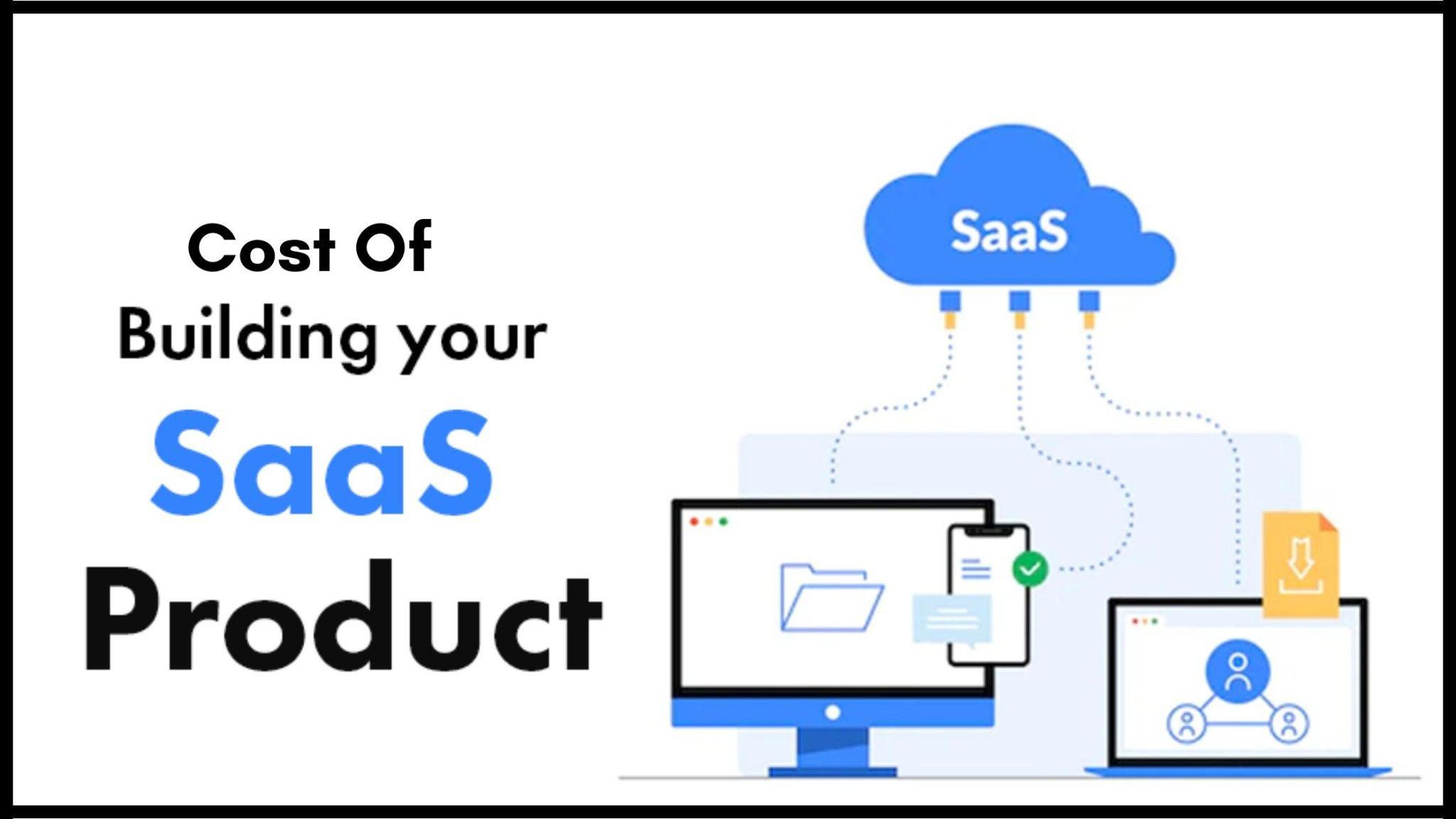A brief about Progressive Web App

With the advent of the latest digital technologies, progressive web application development has reached its zenith and has taken great advantage of the recent technologies to build a new generation of web apps. The PWA developers use modern technology to merge the best mobile and website apps.
PWA is mostly regarded as the future of the best web development and it uses common web technologies such as HTML, JavaScript, and CSS for a better user experience. PWA uses modern technologies to deliver an app-like UX, with high-quality material design and smooth animations which can be easily used without installing them on the devices. It effectively optimizes the user’s browsing experience by crafting a website that fits into their respective devices.
Framework specific tools used for PWA development
The progressive web application development process is usually simplified by using the frameworks. Modern and popular frameworks help web developers with more resources and tools instead of writing lots of code manually.
The excessive use of mobile phones has gained a strong foothold in the lives of millions of people and their tendency to browse everything on their mobile phones. So, to provide a solution to this, many progressive web application development service agencies have come up with a solution to give native experience to the users without actually installing the app on their mobiles.
Below-mentioned are the best surveyed and notable frameworks are tools that help in building PWA-
- Angular JS- Angular was created by Google in 2010 and it is one of the oldest JS (JavaScript) frameworks. In the year 2017, Angular 5 was the first to support PWA with dedicated Angular service workers provided by the @angular/service-worker module. Through this script, the developers can easily create a PWA via JSON configuration instead of creating the app from scratch.
- Angular JS is considered the most mature and full-packed among the other frameworks but on the downside, it also needs high skills to work with because it is tangibly more complicated than its competitors.
- React JS- React is another popular JavaScript framework that was created by Facebook in 2013, it is a JS library for interface design. React can be used to create both SPA (single-page application) and multi-page apps. React offers excellent backing, documentation, extensive library as well as high-end projects under its belt such as Facebook, Instagram, Whatsapp, and Twitter Lite. React JS is such a framework that is used to cater seamless cross-platform and multi-device experience with web, progressive or near-native apps. So, if anyone aspires to create a robust, scalable, and flexible app then React JS is the best framework option. It is available with a varied range of advantages to enjoy while working.
- Vue- Vue JS is one of the popular and advanced JS libraries in terms of simple coding and rendering the best services. Unlike React and Angular JS, it is created by a single person and is an open-source framework, driven by the MIT community. Vue enables faster delivery, so it is a common solution for creating smaller projects and MVPs. However, this framework provides enough capability to build dynamic and complex applications. The only downside of Vue being one of the best frameworks is that there are few Vue developers, so if any business wants to build an app with the Vue framework then they might find it difficult in forming a good development team.
- Ionic- Since its inception in 2013, Ionic was ready to move the web development sector to the next level with its amazing features. Various Progressive web development service agencies use Ionic for creating hybrid mobile apps as well as web applications by using HTML, CSS, and JavaScript. Ionic is very easy to be used by developers with other skills because Ionic has a flexible tech stack and it uses Angular and Apache Cordova PWA frameworks to create hybrid apps. Ionic has a vast library of plugins that enables the developers to access APIs without any code. One of its drawbacks is that Ionic requires frequent updates which are also necessary while reworking with the other PWAs in order to reflect changes in them as well, hence this process can become clumsy at times.
- Polymer- Polymer is an open-source PWA tool that was developed by Google and it uses JavaScript, CSS, and HTML to build an independent application that includes PWA resources, web components, and various templates. Polymer is compatible with a variety of browsers including Chrome and Opera, so this feature makes Polymer extremely adaptable and usable. It is regarded as one of the best PWA development tools because it creates reusable elements and also helps in syncing data faster. Polymer enables full website stack support which includes data tier, routing, and responsive layouts. The downside of this tool is that it is not SEO-optimized and lacks an office IDE.
- Svelte- This is a new component-based framework that was created by Rich Harries and Svelte is similar to Vue and React JS framework. The most recent version of Svelte was released in 2019 and it was quickly adopted and embraced by the New York times and GoDaddy. The svelte framework is flexible and basic and hence it supports plain CSS and other PWA frameworks.
Conclusion
Hence, it can be concluded in a nutshell that PWA represents an umbrella of technologies and is a step ahead to design concepts and Web APIs that work collectively to provide an app-like experience in the mobile web. According to various research and studies, it has been found that Progressive Web Apps have improved the browsing experience with faster loading and less data usage.
The loading time has also been decreased by adding a very new technology called service workers and streamlined the site for better navigation and user experience. The service workers’ technology of the PWA has also made a difficult task possible, that is the user can easily access their previously browsed site even if they are offline.








